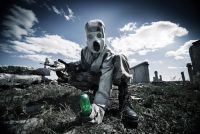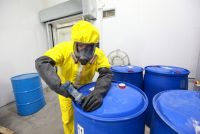Sleuthing Out Safe Disability Accommodations: Identifying a “Direct Threat”
There may be a point at which a worker cannot do a job safely because of a disability. A worker with an intellectual disability will probably never be qualified to run heavy machinery. But how can you determine when a worker and a job combine to create a significant risk of substantial harm to the […]










